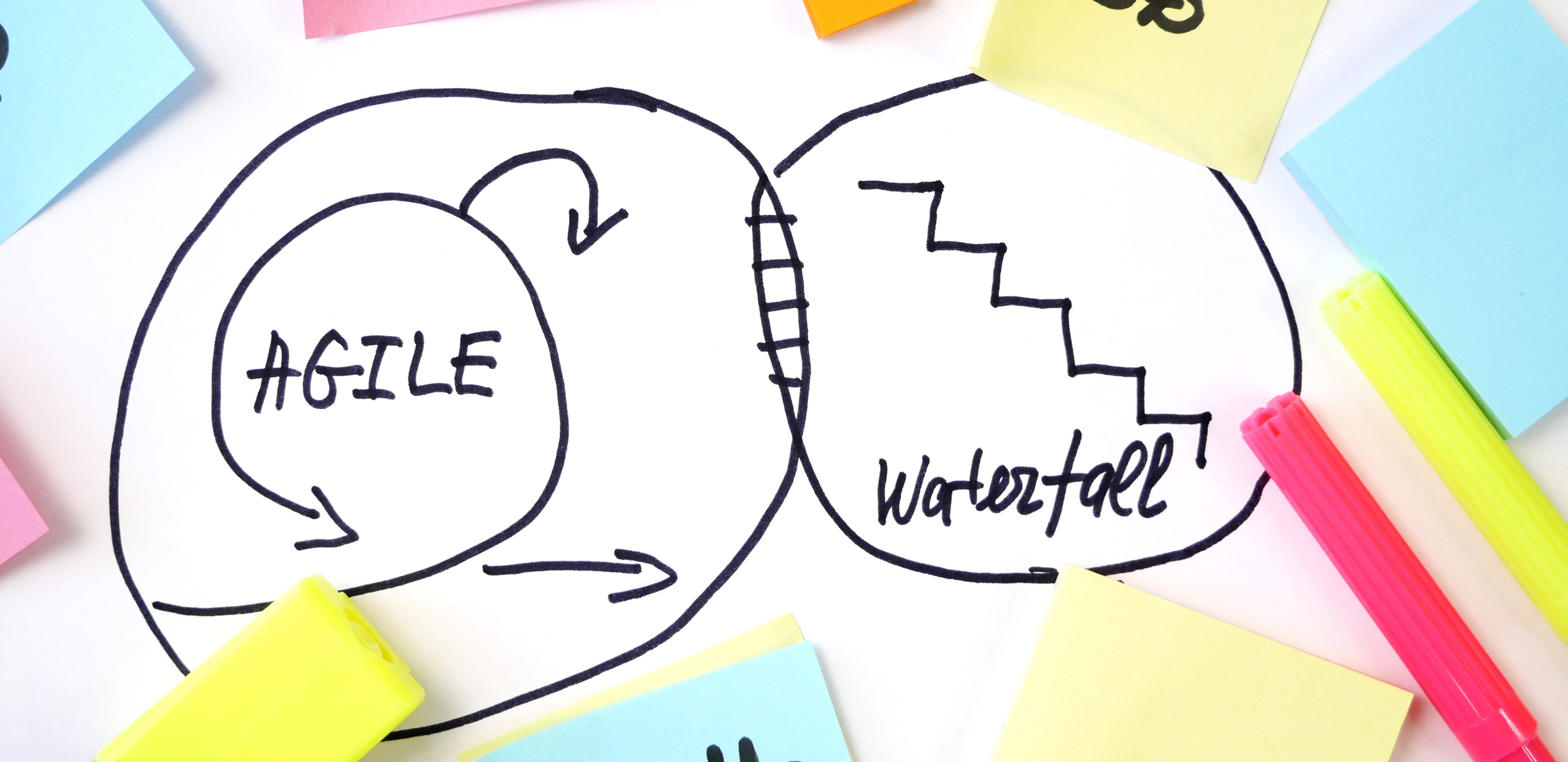Blending Agile and Waterfall: Achieving Balance in Project Management
Agile or Waterfall? While many organizations may lean toward one over the other, the reality is that neither is a one-size-fits-all approach. While each has its own advantages and disadvantages, what if we told you that you don't necessarily have to choose one over the other? That's right - blending Agile and Waterfall could be the key to unlocking a more flexible and effective strategy for your projects.
Getting to Know the Two
Agile is all about being quick on your feet, breaking down the project into manageable chunks, and adapting as you go. It's great for when you know changes are coming. Waterfall, on the other hand, is your traditional predictive top-down approach characterized by a linear and sequential process. Each phase of the project, from initiation to closure, follows the project plan and changes are minimal. It's perfect for when you've got a clear picture of what needs to be done right from the start.
Why Blend Them?
Agile can leave you wanting more structure, especially in the eyes of stakeholders who like to see milestones and documentation. Waterfall is all well and good until you hit an unexpected roadblock that requires a detour. By mixing Agile and Waterfall, you aim to get the best of both worlds: the flexibility to adapt and the structure to guide your project to completion.
How to Blend Like a Pro
- Scope Out Your Project: Start by figuring out the lay of the land. What parts of your project are set in stone, and where might some wiggle room be needed? This will help you decide where to apply the Waterfall structure and where to let Agile take over.
- Divide and Conquer: Think of your project as a series of mini projects. Use Waterfall to get a big-picture view and set up your main milestones. Then, within those milestones, utilize Agile and tackle the work in sprints, allowing for feedback and adjustments along the way.
- Agile Where It Counts: The design and development stages are often where changes pop up the most, and that's where Agile can really shine. It allows you to work quickly based on real-time feedback without hindering the overall project timeline.
- Communication is Key: One of the trickiest parts of mixing methodologies is keeping everyone on the same page. Always keep the lines of communication open and make sure both the team and stakeholders are always looped in.
- Adapt and Evolve: Finally, remember that flexibility is at the heart of this approach. Regularly check in on how this blend is working for your project. Always be ready to tweak the approach as you learn what works best for the team and project goals.
Wrapping It Up
When blending Agile and Waterfall, you get to have your project management cake and eat it too. You get to take advantage of both a traditional structure for keeping things on track, and a flexible structure for navigating the twists and turns that projects inevitably take. Like anything, it's not without its challenges, but with a bit of practice and a lot of communication, you'll find that achieving balance in project management isn't just possible - it's transformative.
.jpg?width=100&height=67&name=INT%20Logo%202024%20-%20Primary%20(2).jpg)

